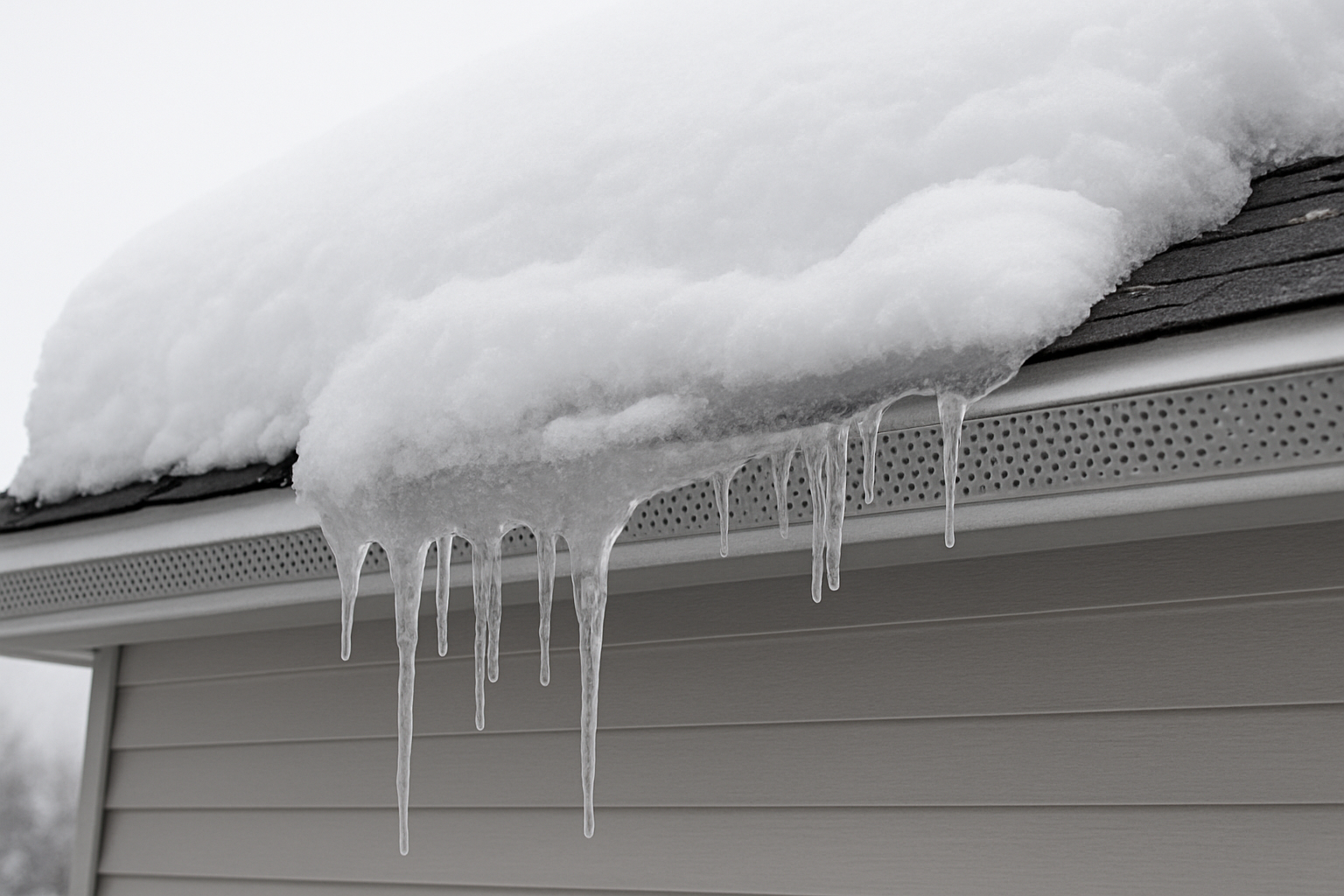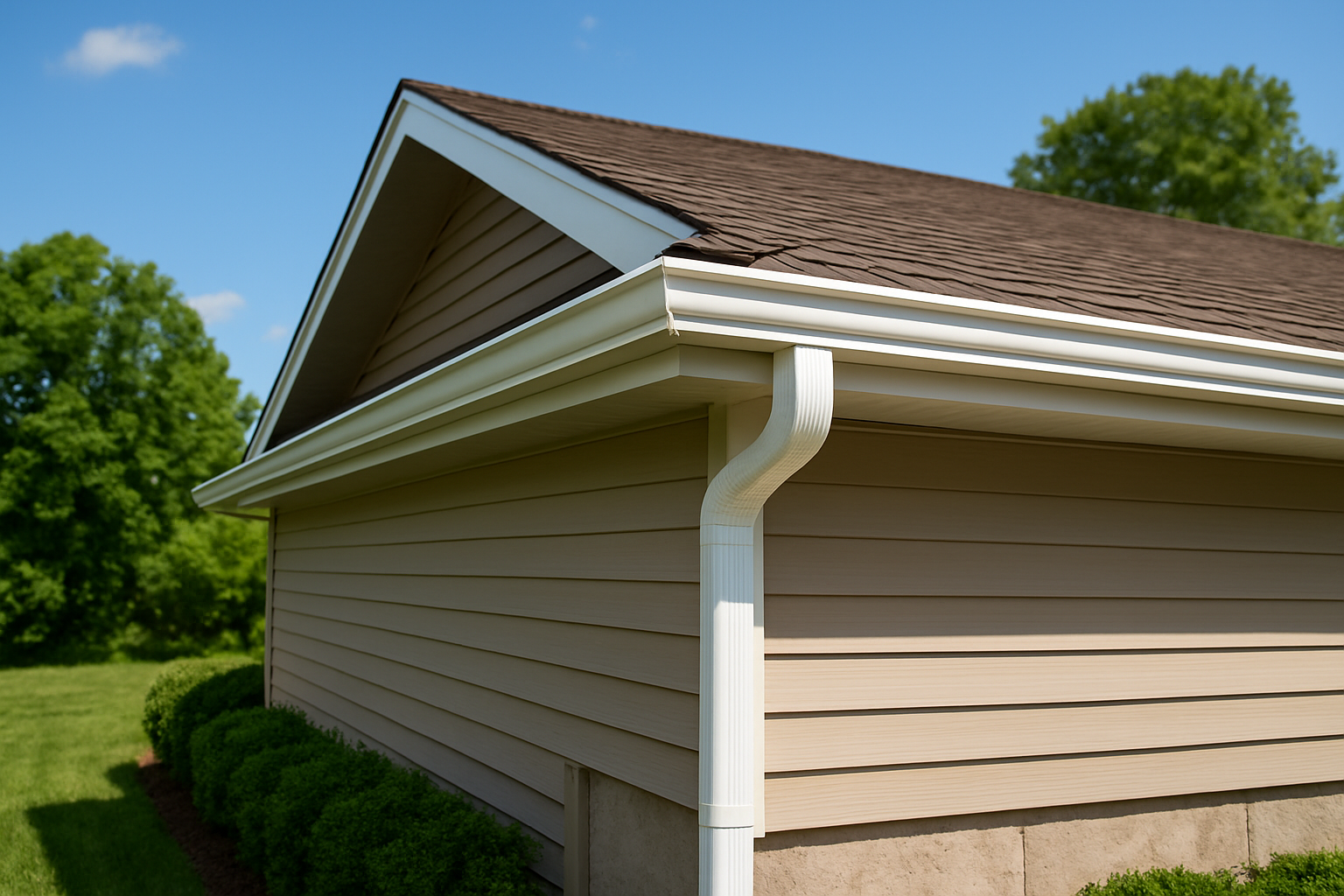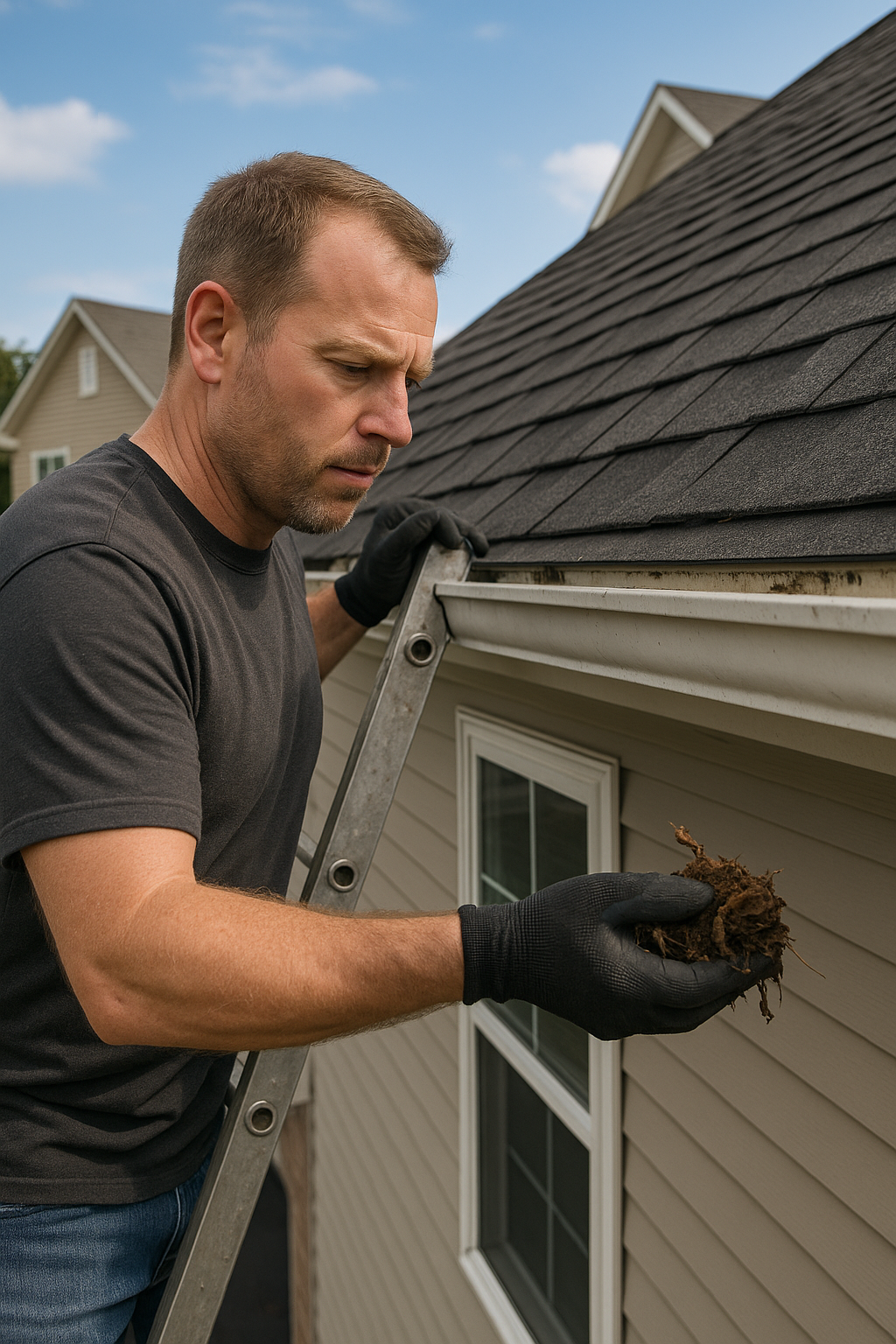Underground Downspout Drains: Directing Water Away from Your House the Right Way
Rain’s nice when it’s outside, not when it’s soaking your basement. If you've noticed puddles pooling next to your foundation or soggy patches in your yard, it's time to pay closer attention to your gutters, downspouts, and especially, where all that water goes.
This article digs deep—literally—into the power of an underground downspout drain. Whether you're battling erosion, tired of splash blocks, or just trying to keep your home dry, we’ll show you how to direct water away safely and effectively. From French drains to dry wells, we’ve got every angle covered.
Key Takeaways
- Underground downspout drains carry rainwater safely away from your foundation to prevent water damage, erosion, and basement flooding.
- Proper drainage systems include components like PVC pipe, dry wells, trench placement, and correct slope.
- Splash blocks, rain barrels, or downspout extensions may help, but underground systems are best for long-term drainage.
- Ensure your gutter system is clean and functioning—clogged gutters cause major drainage problems.
- If unsure, it’s smart to
hire a professional
for proper planning, grading, and pipe placement.
Why Is Proper Drainage So Important?
Let’s face it—drainage is boring until you’re ankle-deep in water during a storm. A solid drainage system protects your home by managing rainfall, runoff, and the water flow away from your home. Without it, you risk foundation damage, mold or mildew, and rotted siding.
Gutters and downspouts work together to collect and move rainwater. But without the right drain, that water ends up too close to your house. That’s where the real trouble starts.
What Is an Underground Downspout Drain?
An underground downspout drain is a hidden pipeline that carries rainwater away from your home and into a safer area, like a curb, storm drain, or even a dry well. It starts at your gutter downspout and runs beneath your lawn, hidden but hardworking.
The goal? Redirect water safely and efficiently away from your foundation. This isn’t just about convenience—it’s about protecting your home for the long haul.
How Do You Know If You Need One?
Signs you need to carry water away underground include:
- Water pooling near your foundation
- Visible erosion under your gutter downspouts
- Damp basement walls or crawlspace
- Constant muddy patches in your landscape
- Water overflowing from splash blocks or downspout extensions.
If any of these sound familiar, your current drainage isn’t cutting it. Adding an underground downspout drain can stop the damage before it gets worse.
How Does Water Move Away From Your House?
Your gutter system collects rainwater, but that’s only half the job. You also need to direct water away using downspouts, extensions, or underground lines. Most systems fail because of poor slope or blocked pipe routes.
To be effective, the pipe must slope at least 6 inches for every 10 feet, with the exit point at least 4–6 feet away from your home. This prevents water from getting too close to your foundation, helping avoid foundation cracks and soil washout.
What Are the Best Drainage Solutions?
There are several ways to improve drainage and prevent water issues around your home:
- French drain: A perforated pipe in a trench, wrapped in landscaping fabric and filled with gravel, is perfect for moving runoff laterally through your yard.
- Dry well – A large hole filled with stone that holds excess water and lets it slowly absorb into the soil.
- Splash blocks – Help guide runoff away, but don’t solve major drainage problems.
- Downspout extensions are a simple fix for moving water a few feet away, but they are not ideal for larger volumes.
Each system works differently based on your yard’s grading, rainfall, and home layout. Some homeowners even use a rain garden or rain barrels to collect water for irrigation, but these don’t solve all problems.
What Materials Are Used in Underground Drains?
Most systems use PVC pipe for durability, while some use flexible corrugated pipe for curved runs. Here's a quick breakdown:
- PVC – Rigid, long-lasting, easy to clean
- Perforated pipe – Used in French drains to allow water absorption
- Solid pipe – Directs water to a remote location without leaks
To dig a trench, use tools from Home Depot or rent a trencher. Lay the pipe with the correct slope and backfill, and you're good to go. Always plan your trench path before you start digging.
What’s the Role of Downspout Extensions?
Downspout extensions are often the first fix for drainage issues. They add several feet away from your downspouts and push water away from your home. They’re cheap and effective for quick redirection.
But over time, they get bumped, bent, or disconnected. That’s why using downspout extensions is great in the short term, but an underground downspout drain is your long-term solution.
How to Install an Underground Downspout Drain
Here’s a quick look at how to do it:
- Clean your gutters and test the flow with a garden hose
- Choose your exit point away from the foundation.
- Dig a trench with a consistent slope away
- Lay a PVC pipe or a drain pipe connected to your downspout.
- Install a pop-up emitter, dry well, or connect to a storm drain.
- Cover with dirt, sod, or gravel.
Remember: this is a big DIY project. If your yard’s grading is off or the trench isn’t level, your system could backfire. When in doubt, hire a professional.
What If Water Still Isn’t Draining?
If your system is still failing, look for:
- Clogged gutters or gutter guards blocked with debris
- Improper slope
- Collapsed pipe
- Overflow from heavy rainfall
- Water is pooling at the pipe exit.
Solving this could be as easy as flushing with a garden hose—or as hard as replacing a crushed section of pipe. That’s why using solid materials like PVC and keeping a consistent slope away is critical.
Can This Prevent Basement Flooding?
Absolutely. When your gutters collect water, and your downspouts to direct water into a working underground drainage system, you’re doing your part to stop basement flooding.
Redirecting rainwater away from your foundation lowers the water level around your home and protects against costly damage. It’s one of the most effective ways to keep your home safe and dry.
FAQs
How far should I direct water away from my foundation?
Ideally, 4–6 feet. For long-term protection, use downspout extensions, splash blocks, or an underground downspout drain.
Can I install a downspout drain myself?
Yes, if you’re comfortable with tools and trench work. Just be sure the slope is consistent and the pipe is secure. When unsure, always hire a professional.
What’s better—French drain or dry well?
They serve different purposes. A French drain is a trench that redirects water horizontally. A dry well holds and slowly releases water into the ground. You can even combine both.
Should I use a solid or a perforated pipe?
Use a solid pipe to move water long distances. Use a perforated pipe to soak water into the ground, like in a French drain system.
Conclusion
If water is hanging out too close to your home, it’s time to act. Installing an underground downspout drain can be the smartest way to protect your foundation, yard, and peace of mind. From erosion control to better drainage, it’s a game-changer in how you manage runoff.
Need help figuring out your best drainage option? Whether you’re looking to install your trench system or upgrade your current gutter setup, we’re here to help. Contact us now for a fast, fair quote—no hidden fees, just expert help to keep your home dry, safe, and stress-free.





